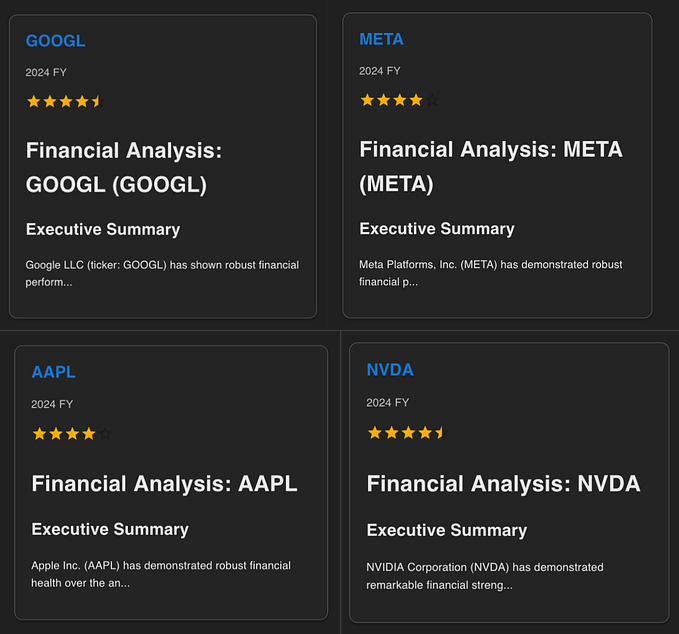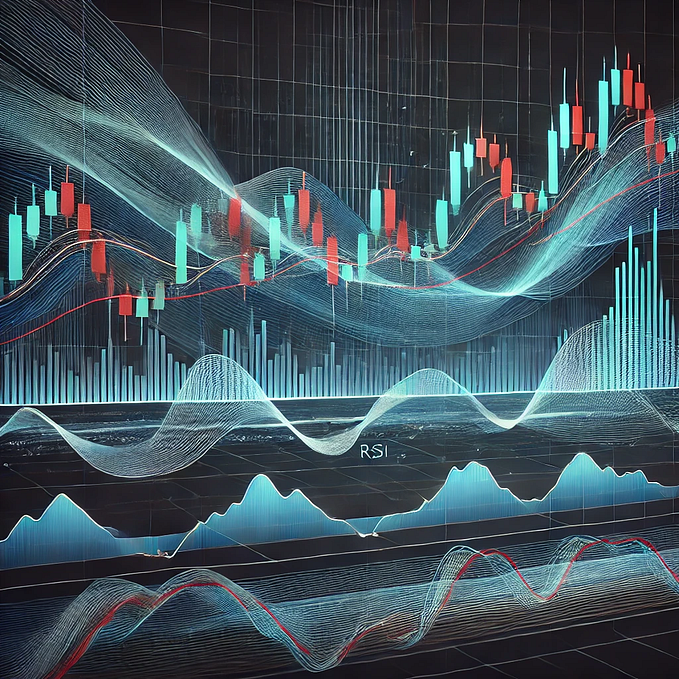Algo Trading 🤖
Algorithmic Trading (also known as algo trading) uses automated computer programs to execute trades based on predefined criteria, such as price, volume, or market conditions. It’s a popular method in modern finance due to its efficiency, precision, and ability to eliminate emotional bias in trading.
1. What is Algorithmic Trading? 🤔
Algorithmic trading refers to using mathematical models and computer algorithms to automate buying and selling decisions. It allows trades to be executed faster than human traders, responding in milliseconds to market changes.
Example: A simple algorithm may buy a stock when its 50-day moving average crosses above the 200-day moving average, a common trend-following strategy.
2. Popular Strategies in Algorithmic Trading 🔍
- Trend Following: Algorithms track moving averages and initiate trades based on whether the stock price breaks above or below a certain level.
Formula: Buy Signal=Price>50-day MABuy Signal=Price>50-day MA
- Arbitrage: Algorithms detect price discrepancies between different markets or asset classes and make trades to exploit the differences.
Example: Buying a stock in one exchange where it’s undervalued and simultaneously selling it on another exchange where it’s overvalued.
- Market Making: Algorithms create liquidity by simultaneously placing buy and sell orders at different prices, earning a profit from the bid-ask spread.
3. Pros of Algorithmic Trading ✅
- Speed: Algorithms execute trades in milliseconds, faster than human reaction times.
- Precision: Orders are executed without human emotion, leading to more disciplined trading.
- Backtesting: Algorithms can be tested on historical data before live execution.
4. Cons of Algorithmic Trading ❌
- Technical Risks: System malfunctions or software bugs can lead to significant financial losses.
- Over-Optimization: Backtested strategies may not perform as well in real-time due to over-optimization.
- Market Impact: Large algorithmic orders can move the market, impacting prices.
5. Real-World Examples 📊
- High-Frequency Trading (HFT): Firms like Virtu Financial and Citadel Securities use HFT algorithms to execute thousands of trades per second, profiting from minute price differences.
- Flash Crash 2010: Algorithmic trading was partly blamed for the market’s dramatic plunge in May 2010, highlighting the risks of automation in volatile market conditions.
Warren Buffett’s Warning: “You only find out who is swimming naked when the tide goes out.” This underscores the importance of risk management, especially when algorithms may fail to account for market anomalies.
‘🔑 Algorithmic trading has revolutionized financial markets by providing speed and efficiency, but it also comes with risks such as technical failures and market manipulation. While trend-following, arbitrage, and market-making strategies are widely used, traders must ensure their algorithms are robust and prepared for real-time market challenges.’









